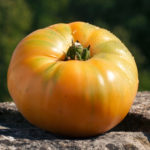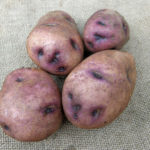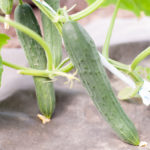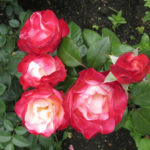Hydrangea paniculata Candelite (Candlelight)
Among paniculate hydrangeas, one can single out enough varieties that simultaneously possess such advantages so desirable for any grower as high winter hardiness and an unusual shade of inflorescences. But some of them are, in a sense, simply unique. An example is the Candelite variety.

History of creation
This variety was bred in the Netherlands and is a novelty in Dutch breeding. Its name means "the light of a burning candle". Candlelight is highly decorative. For its magnificent appearance in 2013 at the Plantarium exhibition, the culture received a silver medal.
Description
Kandelite is a spreading shrub up to 1.5 meters high with a dense rounded crown. The shoots of the hydrangea are strong and strong, covered in the upper part with a burgundy bark with a purple tint. The leaves have a deep dark green color, pronounced venation on the outer surface, jagged edges and an oblong shape. Despite the strength, the shoots droop during flowering, because the shrub needs support. When growing a tree-shaped crop, the height of the trunk should be about 60 cm.
The inflorescences of the Dutch beauty Candlelight are not in vain compared to a candle flame. The fact is that they quickly turn from yellow-green to creamy-golden, thus causing the corresponding associations. The size of the conical inflorescences is 30-35 cm in length. By autumn, flowering panicles acquire a red hue. They consist of two types of flowers: sterile, larger, and small fruiting. The hydrangea blooms profusely, lasting from the middle of the summer season to October. An important feature of this variety is the ability to form inflorescences on the shoots of the current year, and this happens already in the first year of the plant's life.
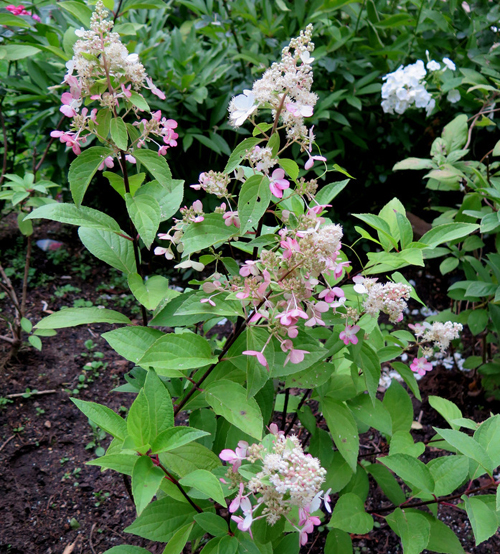
An ornamental shrub is characterized by high resistance to cold weather. Its shoots are able to remain unharmed without shelter at a temperature of -35 ° C. Candelite is distinguished by its endurance, it is not very demanding on care and is a long-liver (it can develop in one place for up to half a century).
Growing features
In order for a Dutch variety to grow and develop successfully, it is important for it to provide a sufficient amount of light. However, at the same time, the flower must be protected from direct sunlight, so take care of finding the hydrangea in partial shade at the height of a summer day.
The best soil for Candlelight is loose, acidic or neutral soil with a high humus content. You can use leafy soil, enriching it with sand, peat and humus. When planting between adjacent plants, a distance of 1 meter must be observed.
For irrigation, only settled cool water is used. Top dressing is carried out with full fertilizer in the spring and mineral concentrates the rest of the time. Several times per season, the trunk circle zone is mulched. In early spring, before the leaves appear, the plant is pruned, shortening healthy shoots to 3 buds. Weak and diseased hydrangea branches are removed. In autumn, young specimens of Candelite are covered with dry soil.
Use cases
A shrub with golden inflorescences has become a favorite of landscape designers. Candlelight is included in mixed compositions, mixborders, making single landings the central figure. Ornamental plants of this variety are planted in the form of hedges.

